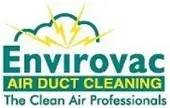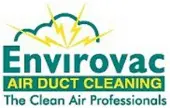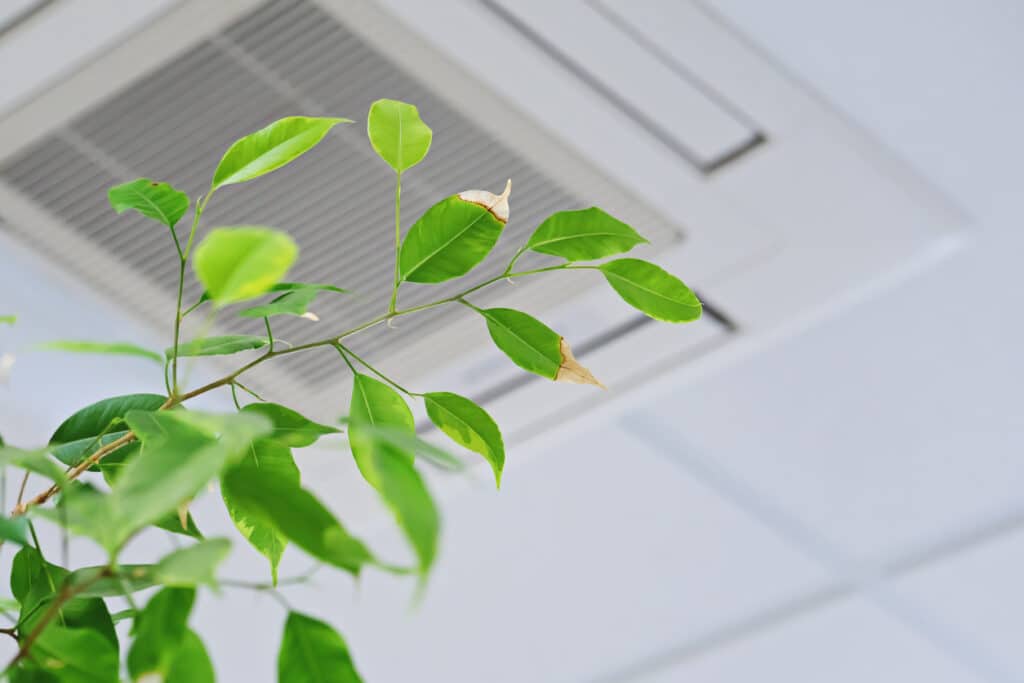Environmentally conscious homeowners are becoming more aware of the importance of indoor air quality. With so many different uninvited guests potentially entering your home, it is important to understand the sources of pollution and how they can be controlled or eliminated. Understanding what contributes to poor indoor air quality will help you make choices that affect your family’s health and environment.
What are the causes of air pollution?
The Environmental Protection Agency (EPA) describes indoor air pollution as “a complex mixture of gases and particles which can be variable, intermittently present, and often influenced by what we do to control it. Air pollutants vary in different locations, but some potential causes include poor ventilation, second-hand smoke from neighbors or outdoor sources, radon, pests or insects, poor indoor air circulation, and mold contamination.
12 Effective ways to improve indoor air quality in your house:
- Improvements in ventilation:
When possible, open windows for at least 10 to 15 minutes every 2 to 3 hours. This allows for fresh air to come into the home and drastically reduces exposure to pollutants. Using an exhaust fan over your stove while cooking will help remove cooking odors and smoke from entering the house. If you have a fireplace, make sure to open the flue while it is in use and close it back when finished.
- Use of non-toxic furniture:
Before purchasing any piece of furniture or a mattress, read its label for information on its chemical flame retardant content and level of off-gassing. If these chemicals are present in the furniture, avoid purchasing or using them since they can be potentially hazardous to your health.
- Use of low-VOC paints:
Paints and varnishes will release VOCs (volatile organic compounds) into your home for a few weeks after the initial application. If it is possible, delay painting until the weather gets colder and the heating system has been turned on. Low-VOC paints are available for purchase at hardware stores, but be careful to avoid purchasing conventional latex paints since they contribute to indoor air pollution.
- Whole house air purification system:
If you feel that air purifiers are too expensive, a whole-house air purification system might be a more affordable option. This device can reduce the concentration of many pollutants in your home’s air, making it healthier and safer for everyone to breathe. Allergens such as pollen, mold spores, pet dander, dust mite waste, and mildew/mold can be reduced using this system and ultimately result in a healthier home.
- Use of air-cleaning HEPA filters:
High-Efficiency Particulate Air (HEPA) filters are designed to remove airborne particles such as dust, smoke, pollen, mold spores, pet dander, and other allergens. Because most air purifiers are equipped with HEPA filters, it is advisable to invest in an air cleaner that will improve your indoor air quality even further.
- Use of green cleaning supplies:
Household cleaners can contribute significantly to indoor air pollution, especially if you have sensitive allergies or respiratory problems. Choose cleaning products that are free of chlorine, ammonia, petroleum distillates, and other harmful chemicals.
- Air duct cleaning services:
Your heating and cooling system can act as an air purifier if you maintain it properly. However, dirt, dust mites, pet dander, fungi, pollen, or other pollutants can accumulate in the system’s ducts over time. Investing in professional cleaning services is recommended once every few years to ensure good indoor air quality inside your home
- Removal of indoor mold:
Mold inside your home is a common problem in extremely humid climates. If you happen to notice water damage on your walls or ceilings, chances are there is a hidden source of moisture that needs to be addressed, such as an air duct or roof leak. To reduce indoor humidity and prevent the growth of mold, use exhaust fans when cooking and dry laundry outdoors. Hire a professional to test for mold in your home if it is severe even after taking these preventive steps.
- Disinfecting services:
Disinfectants are very effective when it comes to killing germs, but you should avoid using them in your home to improve indoor air quality. These chemicals can cause allergic reactions, respiratory problems, and other health problems if inhaled or exposed to the skin. Also, disinfecting sprays are often used continuously throughout the year even when not completely necessary.
- Separate room for smoking:
Smoking indoors is not only unpleasant but hazardous as well since the odor and chemicals can be absorbed by your furniture, clothes, and skin. For this reason, it is important to go outside when you feel like lighting up. However, if you simply cannot part with your cigarettes inside the home, try setting up a separate room for smoking where all of the toxins can accumulate and spread less easily.
- Air purifier installation near the HVAC system:
Ideally, you should have an air purifier installed near the heating and cooling unit of your home to remove chemicals that can be released into the air. When choosing where to place your device, make sure it is at least 15 feet away from any water damage or leaks to avoid moisture build-up.
- Regular indoor air quality testing:
Having your indoor air quality tested is the best way to identify problems that you cannot see with your own eyes. Doing this regularly will also help you determine what changes should be made to improve the environment for everyone who lives there, including pets and plants.
Conclusion:
Since you spend approximately 90% of your life indoors, taking measures to improve indoor air quality is essential for the well-being of everyone who lives there. If you follow these simple steps outlined above, your home will be a healthier place for all who live or visit it.







